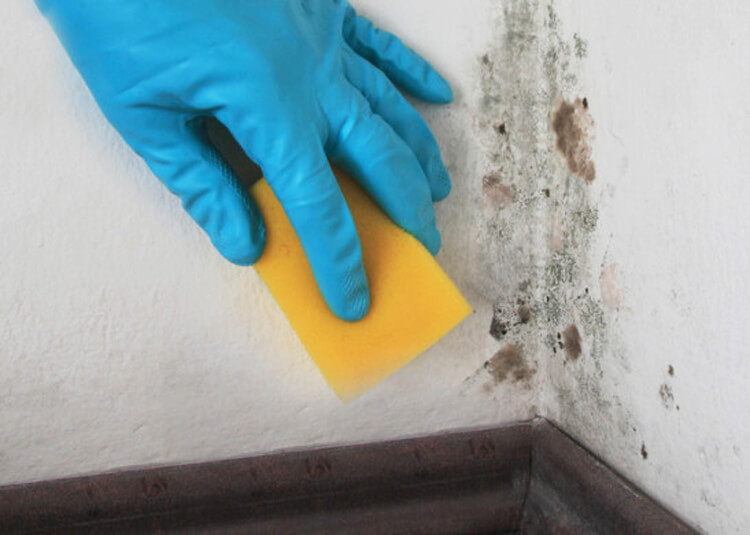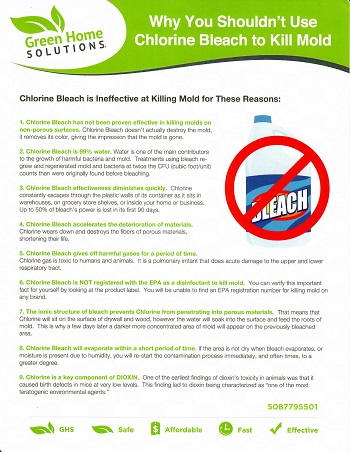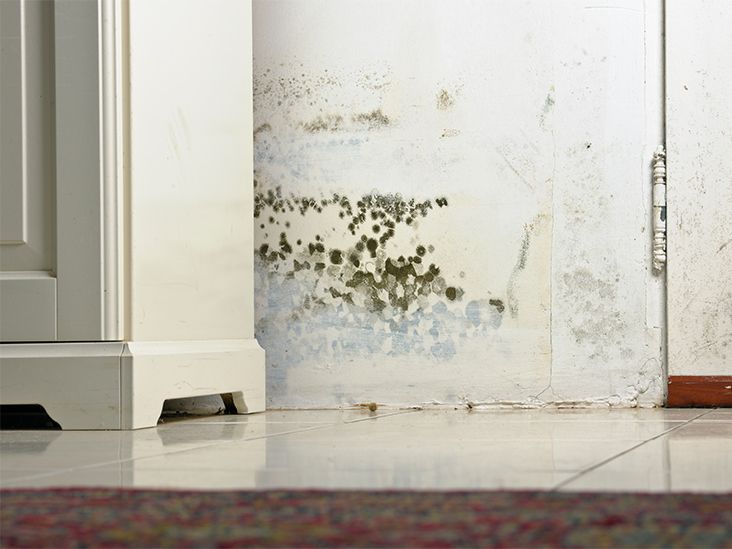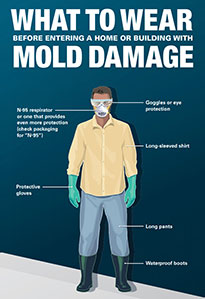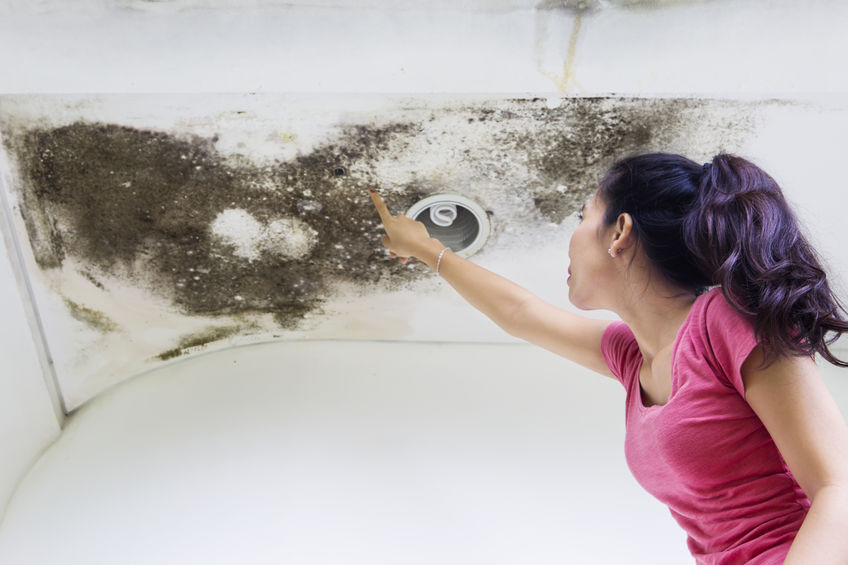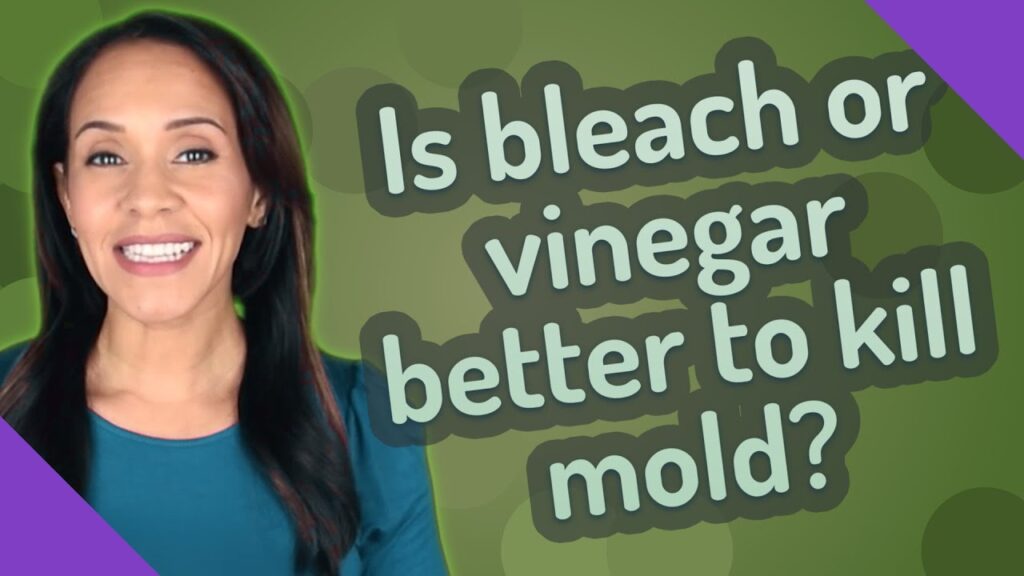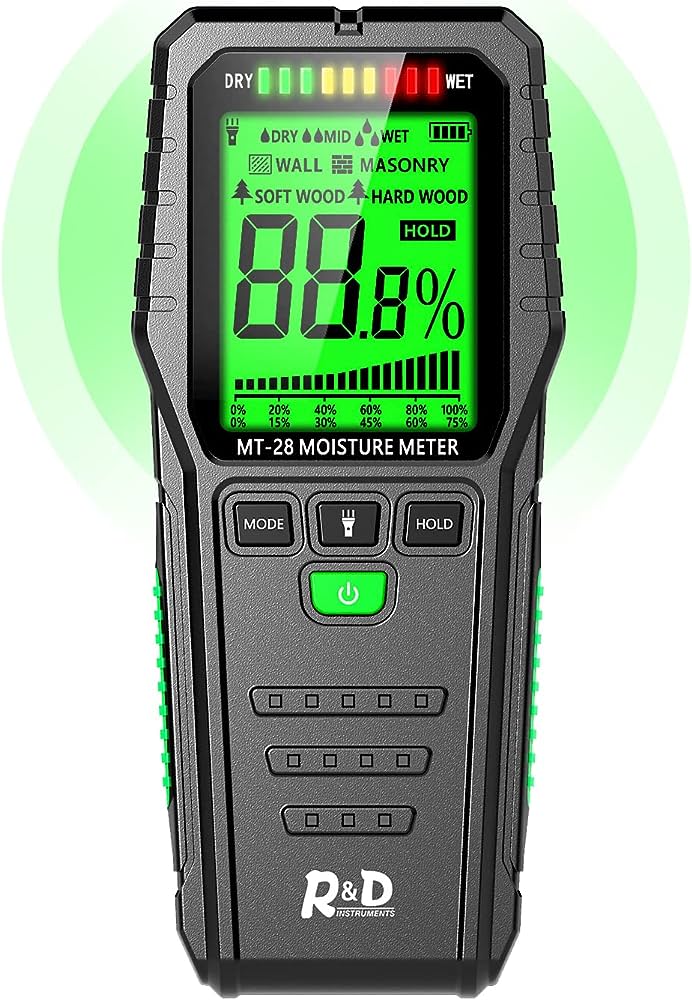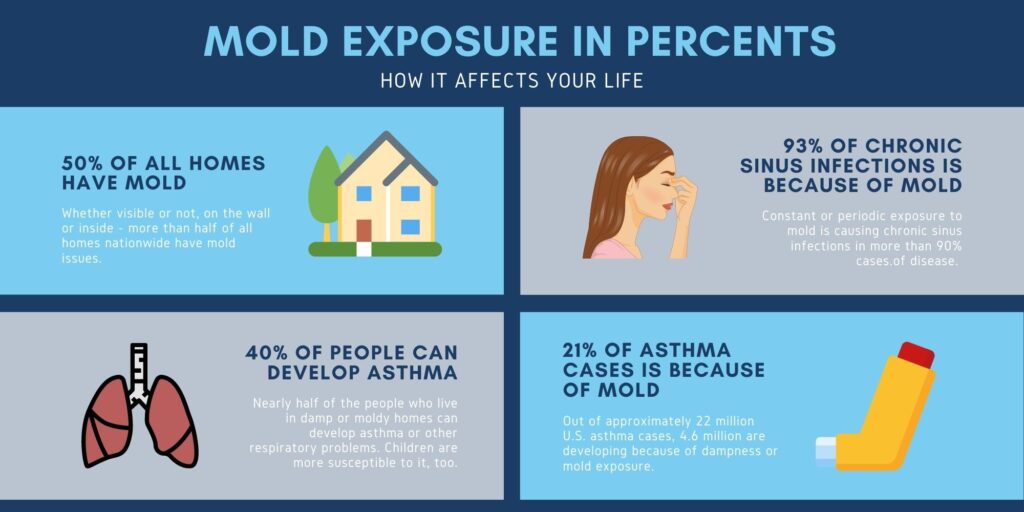Are you dealing with a stubborn mold problem in your home? Before you grab that bottle of bleach, hold on a moment. Contrary to popular belief, using bleach to tackle mold might not be the best solution. In this article, we will explore the reasons why bleach is not effective in treating mold and why alternative methods should be considered. Say goodbye to bleach and discover safer and more efficient ways to combat mold in your living space.
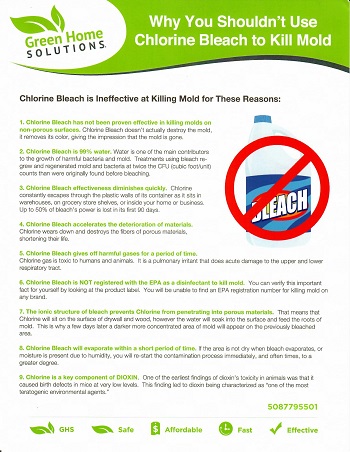

Understanding Mold
What is mold
Mold is a type of fungus that grows in damp and humid environments. It reproduces by releasing spores into the air, which can then settle and grow on various surfaces. Mold can have a range of colors, including black, green, or white, and it often has a musty odor. While some types of mold are harmless, others can pose serious health risks.
Common types of mold
There are many types of mold that can be found in homes and buildings. Some common types include Aspergillus, Penicillium, and Stachybotrys (also known as black mold). Each type of mold has its own characteristics and potential health effects. Identifying the specific type of mold is important for effective remediation efforts.
Health risks associated with mold
Mold can have detrimental effects on your health, especially if you are exposed to it for extended periods of time. Common health problems associated with mold exposure include respiratory issues, allergies, skin irritation, and even infections. Individuals with compromised immune systems, such as the elderly and young children, are particularly susceptible to these health risks. It is crucial to address mold growth promptly to protect the health and well-being of yourself and your family.
Bleach and Mold
Common misconception about using bleach
Bleach has long been considered a go-to solution for mold removal. However, it is important to debunk the common misconception that bleach effectively kills mold. While bleach can appear to remove mold stains and discoloration, it does not address the underlying problem of mold growth. Using bleach may provide only a temporary solution, as the mold can still continue to thrive and spread.
Why bleach is not effective against mold
One of the main reasons why bleach is not effective against mold is that it cannot penetrate porous surfaces where mold often grows. The structure of bleach molecules prevents them from reaching the roots of the mold, allowing it to grow back quickly. Additionally, bleach is primarily a disinfectant and does not have the necessary properties to completely eliminate mold spores.
Potential dangers of using bleach on mold
Using bleach on mold can actually lead to adverse effects rather than solving the problem. When bleach is mixed with certain chemicals present in mold, it can produce harmful fumes. These fumes can irritate the respiratory system and cause eye and skin irritation. Furthermore, the strong chemicals in bleach can also damage the surfaces on which it is used, such as wooden or painted surfaces.
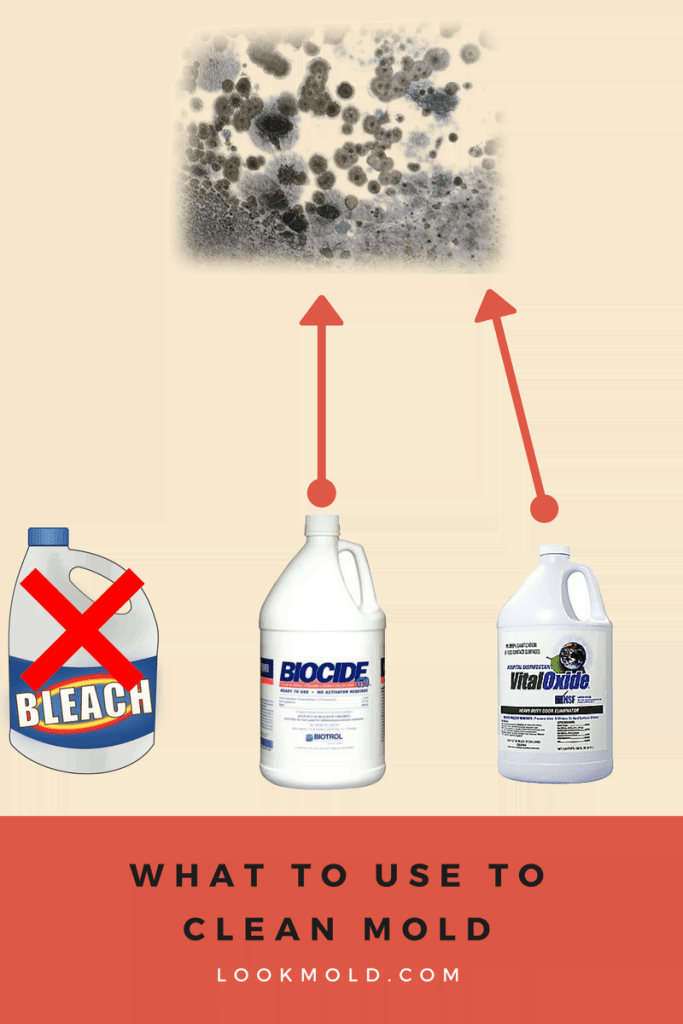

The Limitations of Bleach
Incomplete removal of mold
As mentioned earlier, bleach can provide the illusion of mold removal by removing stains and discoloration. However, this does not mean that the mold is completely eradicated. Without addressing the root cause of mold growth and effectively eliminating its spores, the mold will likely return in the future.
Bleach doesn’t address the underlying issue
Mold growth is often a result of underlying moisture or humidity problems in the affected area. Simply using bleach to clean visible mold does not address the root cause of the problem. It is crucial to identify and address the source of moisture to prevent future mold growth.
Bleach may damage surfaces
While bleach may appear to be a convenient solution, it can actually cause more harm than good. The high acidity of bleach can cause damage to surfaces such as wood, drywall, and fabrics. This can lead to additional expenses for repairs and replacements, making it an ineffective long-term solution for mold removal.
Safer Alternatives to Bleach
Natural remedies for mold removal
There are several natural alternatives to bleach that can be used for mold removal. Vinegar, for example, is an effective option due to its mild acidity. It can effectively kill and remove mold from various surfaces. Tea tree oil, grapefruit seed extract, and hydrogen peroxide are also natural remedies that have proven to be effective against mold. These options are safer for both your health and the environment.
Commercial mold removal products
If you prefer ready-to-use solutions, there are various commercial mold removal products available in the market. These products are designed specifically for mold remediation and often come with detailed instructions for safe and effective use. It is important to read and follow the instructions carefully to ensure optimal results.
Seek professional help
For extensive mold growth or complex mold situations, it is advisable to seek professional assistance. Mold remediation experts have the knowledge, experience, and proper equipment to safely and effectively remove mold from your home. Professional mold removal services can provide a thorough assessment, effective remediation, and advice on preventing future mold growth.


Prevention and Remediation
Controlling moisture and humidity
Prevention is always better than remediation when it comes to mold. Controlling moisture and humidity levels in your home is essential to avoid mold growth. Ensure proper ventilation in areas prone to moisture, such as bathrooms and kitchens. Use dehumidifiers and air conditioners to maintain optimal humidity levels, usually below 50%, especially in humid climates.
Proper ventilation
Proper ventilation is crucial in preventing mold growth. Ensure that all areas of your home, including attics, basements, and crawl spaces, are well-ventilated. Install exhaust fans in bathrooms and kitchens to remove excess moisture and prevent condensation. Adequate airflow helps to keep surfaces dry and inhibits mold growth.
Regular inspection and maintenance
Regularly inspecting your home for signs of mold growth is crucial in catching and addressing the issue early on. Pay attention to areas where moisture may accumulate, such as around windows, pipes, and near leaks. Promptly repair any water damage, fix leaks, and address any underlying issues that may contribute to mold growth. Conduct regular maintenance to keep your home in good condition and minimize the risk of mold.
Steps to Safely Remove Mold
Identify the extent of mold growth
Before starting the mold removal process, it is essential to assess the extent of the mold growth. This will help you determine whether you can safely remove it yourself or if professional help is needed. If the affected area is larger than 10 square feet or if there are structural integrity concerns, it is advisable to consult a professional mold remediation service.
Use personal protective equipment (PPE)
When removing mold, it is important to protect yourself from exposure to mold spores and harmful substances. Wear personal protective equipment (PPE) such as gloves, goggles, and a respiratory mask. This will help minimize the risk of respiratory irritation and skin contact with mold and cleaning agents.
Seal off the affected area
To prevent the spread of mold spores to unaffected areas, it is important to seal off the affected area. Close all doors and windows and use plastic sheeting and tape to cover vents, doorways, and other openings. This containment method will help prevent cross-contamination and minimize the potential health risks associated with mold spores.
Remove mold and clean the area
Carefully remove the mold-infested materials and clean the affected area using appropriate mold removal products or natural alternatives. Scrub the surfaces gently, ensuring thorough coverage. Pay attention to hidden areas and hard-to-reach corners where mold can hide. Dispose of all materials properly to avoid recontamination.
Dispose of materials properly
When disposing of mold-infested materials, it is important to handle them correctly to avoid spreading mold spores. Seal the materials in plastic bags or containers and dispose of them according to local regulations. Avoid carrying mold-infested materials through your home to prevent the release of spores into unaffected areas.
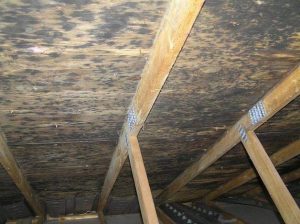

The Importance of Professional Help
Complex mold situations
Some mold situations may be too complex or extensive to be effectively addressed by DIY methods. If you are dealing with widespread mold growth, mold in hard-to-reach areas, or mold associated with water damage or structural issues, it is advisable to seek professional help. They have the expertise and specialized equipment to handle such situations safely and effectively.
Ensuring thorough mold removal
Professional mold remediation services are trained to identify the root cause of mold growth and remove it thoroughly. They have the knowledge and experience to assess the extent of the mold problem, develop a comprehensive remediation plan, and execute it effectively. Professional assistance ensures that the mold is completely removed, minimizing the risk of recurrence.
Expert advice and guidance
By seeking professional help, you gain access to expert advice and guidance. Professionals can provide valuable insights on preventing future mold growth, improving ventilation, and addressing any underlying issues that contribute to mold infestation. Their knowledge and experience can help you create a healthier and mold-free environment for you and your loved ones.
Conclusion
Seeking safer alternatives
In conclusion, it is important to understand that bleach is not an effective solution for mold removal. Safer alternatives such as natural remedies and commercial mold removal products should be considered. These options not only remove mold effectively but also minimize the associated health risks and potential damage to surfaces.
Prioritizing prevention and control
Prevention and control are key when it comes to mitigating mold growth. Controlling moisture and humidity levels, ensuring proper ventilation, and conducting regular inspections and maintenance can help prevent mold from thriving in your home. By taking proactive measures, you can reduce the risk of mold growth and protect the health of your family.
Considering professional assistance
For complex mold situations or extensive mold growth, professional help is highly recommended. Mold remediation experts have the expertise, equipment, and techniques necessary to address mold effectively and provide guidance on prevention. Seeking professional assistance ensures thorough mold removal and minimizes the risk of recurring mold issues.
By understanding the limitations and potential dangers of using bleach on mold, and by prioritizing prevention, proper remediation, and professional assistance when needed, you can create a safe and mold-free environment for you and your loved ones. Remember, it’s not just about removing mold – it’s about creating a healthier and happier living space.
